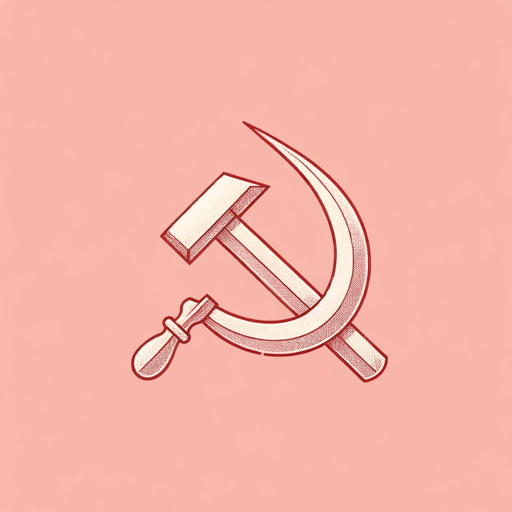60 pages • 2 hours read
Anne ApplebaumGulag: A History
Nonfiction | Book | Adult | Published in 2003A modern alternative to SparkNotes and CliffsNotes, SuperSummary offers high-quality Study Guides with detailed chapter summaries and analysis of major themes, characters, and more.
Important Quotes
“By the end of the 1930s, [the camps] could be found in every one of the Soviet Union’s twelve time zones.”
(Introduction, Page 13)
This quote emphasizes the vast geographic spread and systemic nature of the Gulag system, illustrating the extent to which political repression and forced labor were embedded in the fabric of the Soviet Union. It serves as a reminder of the scale of state-sponsored oppression and the ambition of the Soviet regime to control and utilize every part of its vast territory for its own ends.
“From the very earliest days of the new Soviet state, in other words, people were to be sentenced not for what they had done, but for who they were.”
(Part 1, Chapter 1, Page 43)
This quote encapsulates the fundamentally ideological nature of Bolshevik repression, invoking the theme of The Intersection of Ideology and Power. It signifies a departure from traditional notions of justice, where punishment is meted out for actions, and a shift toward a system where identity and class affiliation determined one’s fate. This shift laid the ideological foundation for widespread purges and the establishment of the Gulag, illustrating the early Bolshevik regime’s commitment to remolding society at any cost.
“There are monks and priests,
Prostitutes and thieves.
There are princes here, and barons—
But their crowns have been taken away…
On this island, the rich have no home
No castles, no palaces…”
(Part 1, Chapter 2, Page 55)
This poem by an anonymous prisoner captures the essence of the Gulag’s indiscriminate brutality, where societal status is rendered meaningless and all prisoners, regardless of their past lives, are subjected to the same dehumanizing conditions. The poem employs imagery and contrast to underscore the equalizing yet oppressive nature of the camp, where historical and social hierarchies are stripped away.
Related Titles
By Anne Applebaum
Featured Collections
Books on Justice & Injustice
View Collection
Challenging Authority
View Collection
Class
View Collection
Class
View Collection
European History
View Collection
Jewish American Literature
View Collection
Memorial Day Reads
View Collection
Memory
View Collection
Military Reads
View Collection
National Book Awards Winners & Finalists
View Collection
National Book Critics Circle Award...
View Collection
Politics & Government
View Collection
Power
View Collection
Pulitzer Prize Fiction Awardees &...
View Collection


